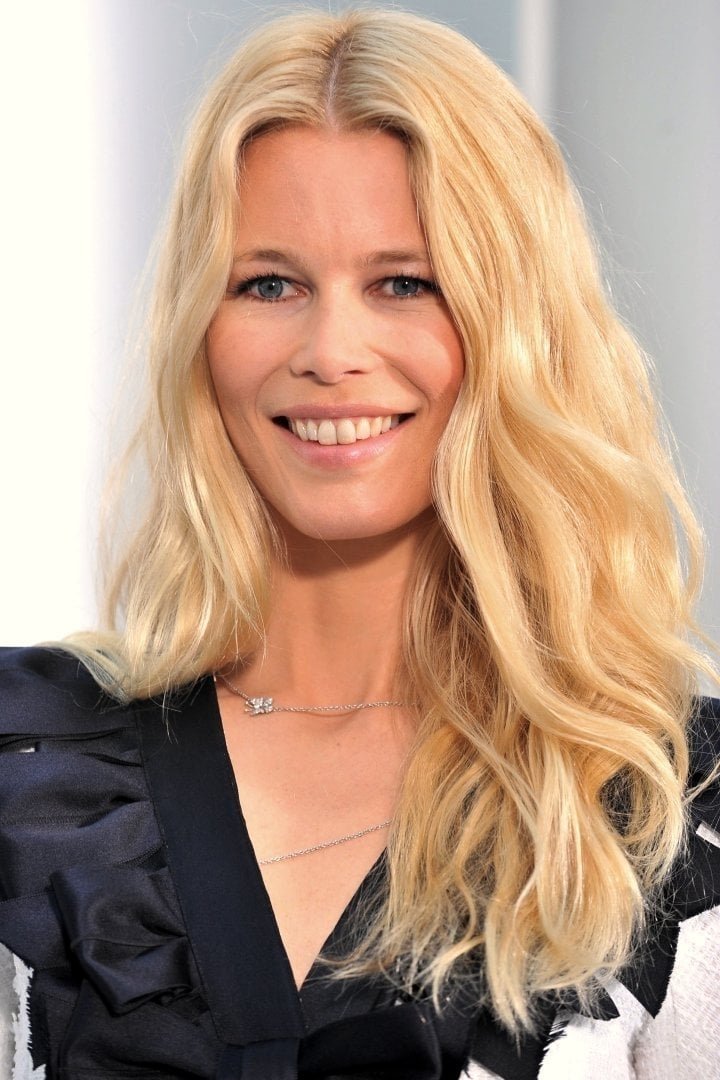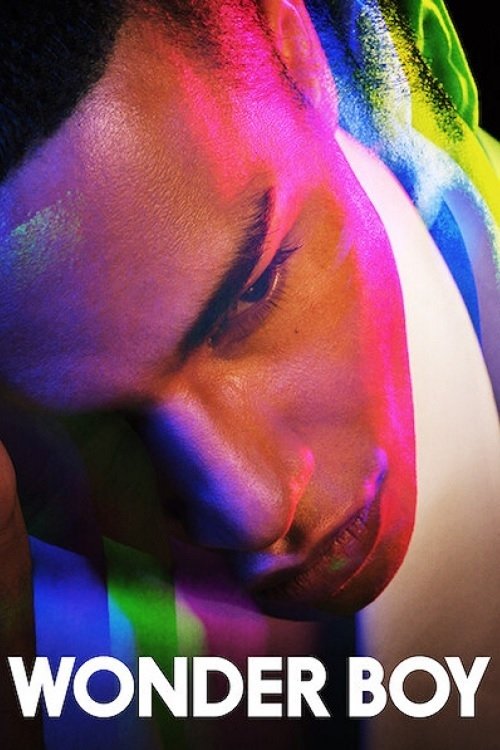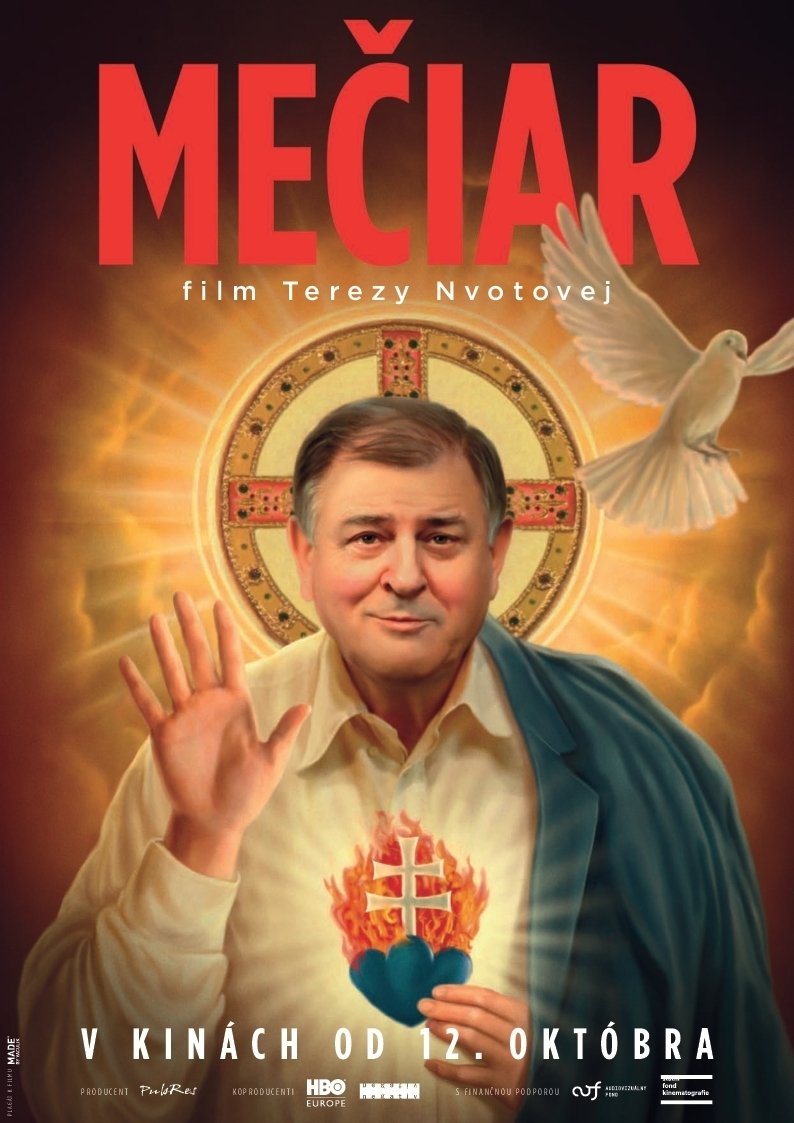

Karl Lagerfeld was an enigmatic figure who spent his life reinventing himself. He ruled the fashion world for decades, making history with his achievements at Chanel, Fendi and his own brand. An extraordinary personality, a fashion Stakhanovite, a tireless worker who created day and night until his last breath. A flamboyant man too, in his appearance and in his words, known for his outbursts mixing perfidy, provocation and self-deprecation. He was also an illusionist, a provocateur, a controversial icon, who used the truth - particularly about his past - to embellish his legend. But where does this determination come from? What were his inspirations and motivations? And behind his enigmatic façade - with his tight suit, ponytail and dark glasses - who really was Karl Lagerfeld?

Women were clearly at the core of legendary photographer Helmut Newton's work. The stars of his iconic portraits and fashion editorials – from Catherine Deneuve to Grace Jones, Charlotte Rampling to Isabella Rossellini – finally give their own interpretation of the life and work of this controversial genius. A portrait by the portrayed. Provocative, unconventional, subversive, his depiction of women still sparks the question: were they subjects or objects?

At age 25, Olivier Rousteing was named the creative director of the French luxury fashion house, Balmain. At the time, Rousteing was a relatively unknown designer, but in the decade since, he’s proven his business prowess and artistic instinct by leading Balmain to new heights. Wonderboy gives the viewer the rare opportunity to experience the inner sanctum of the fashion world, as we stand shoulder-to-shoulder with this extraordinary individual while he works.

The film Mečiar is the confession of the young director Tereza Nvotová about Vladimír Mečiar and the influence that this politician had on Slovak society, but also on the life of Tereza herself. When the totalitarian communist regime fell in Czechoslovakia in 1989, Tereza was one year old. The leaders of the Gentle Revolution then decided to hold an audition for the Minister of the Interior, to which Vladimír Mečiar, an unknown business lawyer from the Slovak countryside at the time, applied. After success in bankruptcy, Vladimír Mečiar reaches the political top, from where he rules the country with a series of questionable practices. Against the background of events such as the division of Czechoslovakia or the kidnapping of the son of the president of the Slovak Republic, Tereza and her peers relive their childhood.

On 2 July 2005 an estimated 3 billion people came together in the fight against extreme poverty. LIVE 8 - 10 concerts featuring over 1000 musicians from across the globe - asked people not for their money, but for their voice.

Eight very different couples deal with their love lives in various loosely interrelated tales all set during a frantic month before Christmas in London.

Clear the runway for Derek Zoolander, VH1's three-time male model of the year. His face falls when hippie-chic Hansel scooters in to steal this year's award. The evil fashion guru Mugatu seizes the opportunity to turn Derek into a killing machine. It's a well-designed conspiracy and only with the help of Hansel and a few well-chosen accessories like Matilda can Derek make the world safe for male models everywhere.

Lily is a twenty-something aspiring writer who receives an invitation to attend a wedding reception with Jonathan, a handsome entomologist who also happens to be the man of her dreams. The only problem is that she's in San Francisco and the wedding is in L.A. Lily is therefore forced to enlist the aid of her friend Frances, an unrepentant party girl who has the L.A. nightclub scene wired. Their plans are completely derailed when they inadvertently lose the all important wedding invitation. This sets in motion an evening full of near misses with Jonathan, and thrusts Lily and Frances into a swarm of offbeat encounters with the underground Hollywood crowd. Off they go from club to club, from party to party and from boy to boy in an effort to find the wedding reception.

Documentary charting the rise and fall of the pop group synonymous with 1980s glamour. Hits featured include Girls on Film, Rio and Hungry Like the Wolf.
Claudia Maria Schiffer is a German model, actress, and fashion designer, based in the United Kingdom. She rose to fame in the 1990s as one of the world's most successful models, cementing her supermodel status. In her early career, she was compared to Brigitte Bardot. She has appeared on more than 1,000 magazine covers and holds the record for the model with the most magazine covers, listed in the Guinness Book of World Records. In 2002, Forbes estimated her net worth to be around US$55 million.
By browsing this website, you accept our cookies policy.